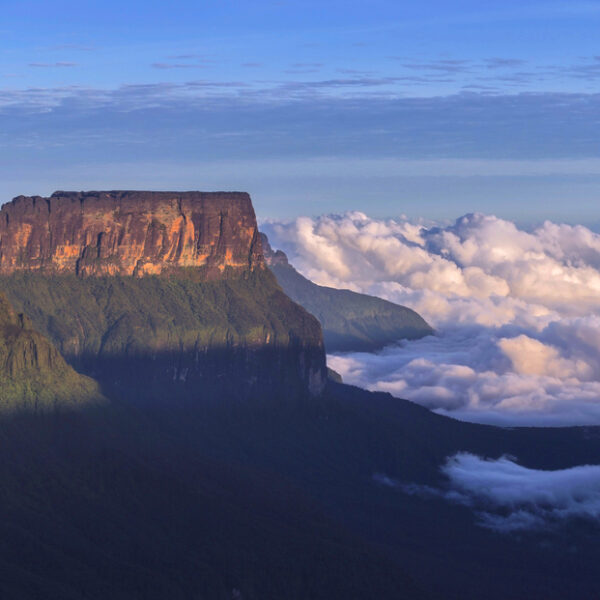
Mount Roraima is a plateau with near-vertical sides that sits on the triple border point between Brazil, Venezuela and Guyana. The plateau is often encircled by a ring of clouds, which makes the summit look like an island floating in the sky.
The mountain towers 9,219 feet (2,810 meters) above the surrounding savanna, jutting out like a giant tabletop. Geologists call this kind of formation a “tepui,” which means “house of the gods” in the language of the Pemon, the local Indigenous people. The Pemon believe tepuis to be sacred, and that Mount Roraima is the stump of a supernatural tree that held all the fruit and vegetables of the world until a mythical figure named Makunaima felled it, according to the International Business Times.
But scientists have another explanation for how Mount Roraima came to be. Tepuis are exclusively found in South America, and specifically in Venezuela and western Guyana, where they number more than 100. According to the Geological Society of London, tepuis are the remnants of a huge block of sandstone that formed in this region around 1.8 billion years ago as large sand dunes slowly solidified into rock.
“Writer Fuel” is a series of cool real-world stories that might inspire your little writer heart. Check out our Writer Fuel page on the LimFic blog for more inspiration.

